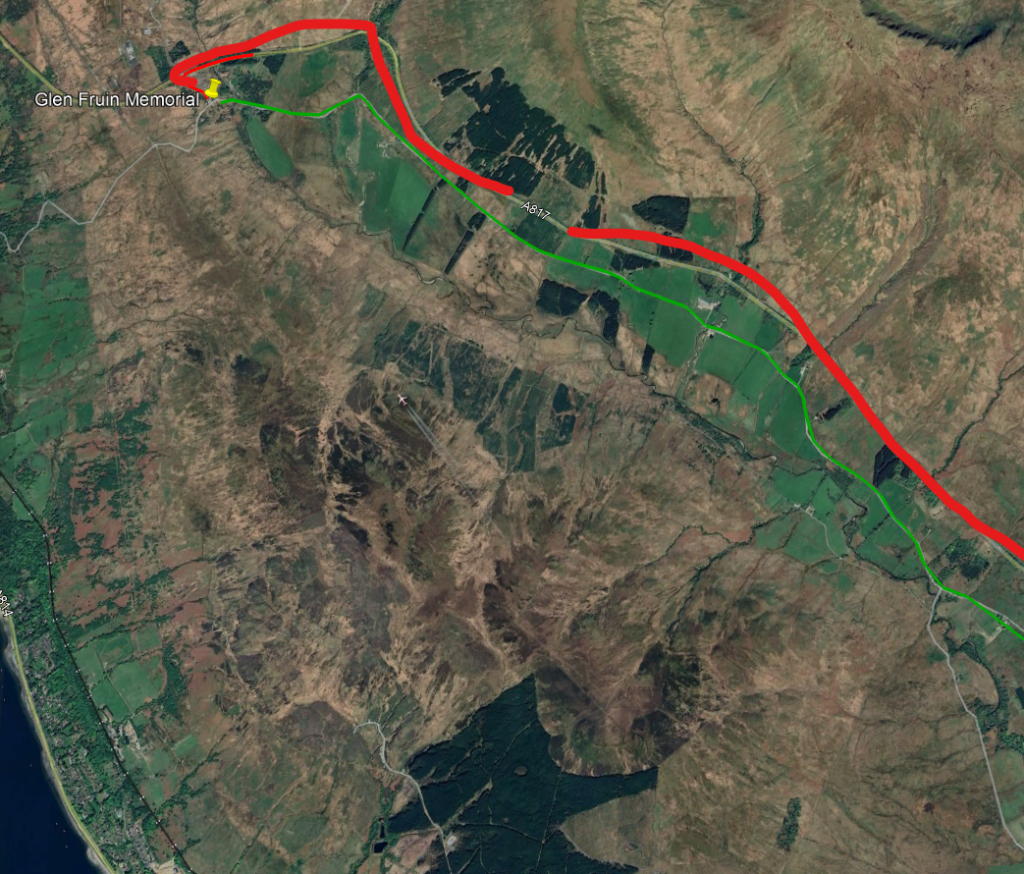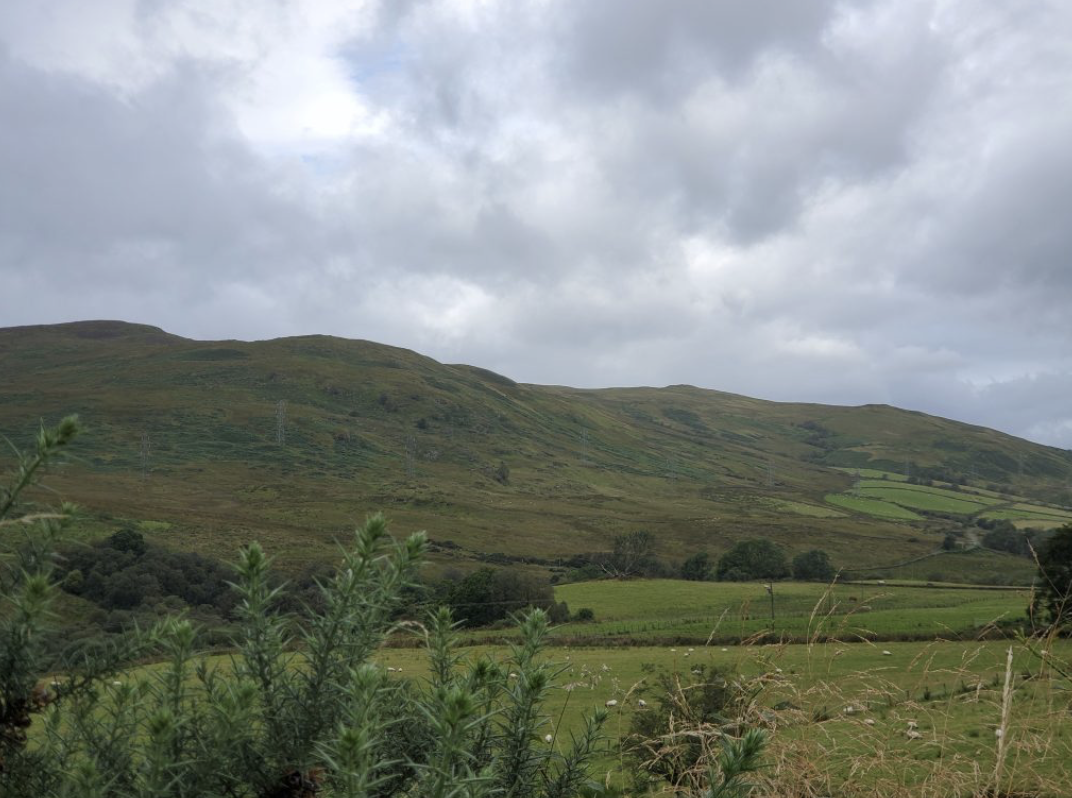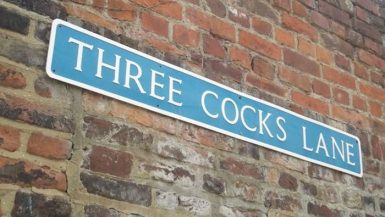Glen Fruin: The Bloody Glen and the Battle That Shaped Clan History
Tucked between the rugged hills near Loch Lomond and the village of Helensburgh lies Glen Fruin, a quiet, windswept valley that belies its violent past. On a cold February morning in 1603, this glen became the site of one of the most infamous clan battles in Scottish history—the Battle of Glen Fruin, a brutal clash between Clan MacGregor and Clan Colquhoun. What unfolded that day would not only stain the glen with blood but also alter the fate of the MacGregors for generations.
🛡️ The Clans: MacGregor vs. Colquhoun
- Clan MacGregor: A proud Highland clan claiming royal descent from the ancient kings of Dalriada. Known for their fierce independence and warrior culture, the MacGregors held lands in Glenstrae, Glen Orchy, and Balquhidder. By the late 16th century, they were increasingly marginalized, their lands encroached upon by more politically connected clans.
- Clan Colquhoun: A Lowland clan with strong ties to the Crown and significant holdings around Loch Lomond, including the village of Luss. The Colquhouns were loyal to King James VI and served as local enforcers of royal authority.
Tensions between the two clans had simmered for years, fueled by disputes over land, cattle raids, and competing loyalties. The MacGregors, often accused of lawlessness, were viewed by the Crown as a threat to order—while the Colquhouns were seen as defenders of royal justice.
⚔️ The Battle of Glen Fruin: February 7, 1603
The immediate cause of the battle was a series of MacGregor raids into Colquhoun territory. In response, Sir Alexander Colquhoun obtained a royal commission to suppress the MacGregors and assembled a force of around 300 armed men, including cavalry—a rare asset in clan warfare.
The MacGregors, led by Alasdair MacGregor of Glenstrae, gathered a force of approximately 400 Highlanders, many of them seasoned fighters. On the morning of February 7, the two forces met in Glen Fruin.
Despite being outnumbered and facing cavalry, the MacGregors used superior tactics and knowledge of the terrain to devastating effect. They split their forces, ambushed the Colquhouns, and routed them in a bloody melee. Estimates suggest that over 100 Colquhoun men were killed, many while fleeing. The MacGregors reportedly took few prisoners.
One of the most controversial aspects of the battle was the alleged killing of unarmed students from Dumbarton Grammar School, who had come to witness the fight. Though historians debate the accuracy of this claim, it was used to further vilify the MacGregors in the aftermath.

👑 The Aftermath: Proscription and Persecution
The Battle of Glen Fruin had immediate and severe consequences:
- King James VI, enraged by the bloodshed and the perceived defiance of royal authority, issued a decree outlawing the name MacGregor. Clan members were forbidden to use their surname, and many were forced to adopt aliases.
- The MacGregor lands were confiscated, and their leaders hunted. Alasdair MacGregor was eventually captured and executed in Edinburgh in 1604.
- The proscription lasted for over 150 years, with MacGregors living in secrecy, often under assumed names like Murray, Grant, or Campbell.
Despite this, the clan endured. Their story became one of resilience and defiance, culminating in the romanticized figure of Rob Roy MacGregor, born in 1671, who would later become a folk hero and symbol of Highland resistance.
🏞️ Glen Fruin Today: A Quiet Witness
Today, Glen Fruin is a peaceful valley, its rolling hills and quiet streams offering little hint of the violence that once erupted there. A small cairn marks the site of the battle, and the glen remains a place of pilgrimage for those interested in clan history and Highland heritage.
Nearby, the village of Luss—seat of Clan Colquhoun—offers insights into the clan’s legacy, while Loch Lomond & The Trossachs National Park provides a stunning backdrop for reflection and exploration.
🧭 Historical Significance
- The Battle of Glen Fruin was one of the last major clan battles in Scotland, marking the end of an era of private warfare.
- It highlighted the growing tension between Highland clans and the centralizing power of the Scottish Crown.
- The proscription of Clan MacGregor remains one of the most severe punishments ever levied against a Scottish clan.

Final Thoughts
Glen Fruin stands as a symbol of the complex and often brutal history of Scotland’s clans. The battle that took place there was not just a clash of swords—it was a collision of cultures, loyalties, and identities. For Clan MacGregor, it marked the beginning of a long exile. For Clan Colquhoun, it was a tragic loss. And for Scotland, it was a turning point in the struggle between tradition and authority.
In the quiet of Glen Fruin today, one can still feel the echoes of that fateful day—a reminder that the land remembers, even when the world moves on.
Sources:
- National Records of Scotland
- Clan MacGregor Society
- Clan Colquhoun Heritage Trust
- Historic Environment Scotland: Glen Fruin Battle Site
- Undiscovered Scotland: Glen Fruin and Clan History




Leave a reply
You must be logged in to post a comment.